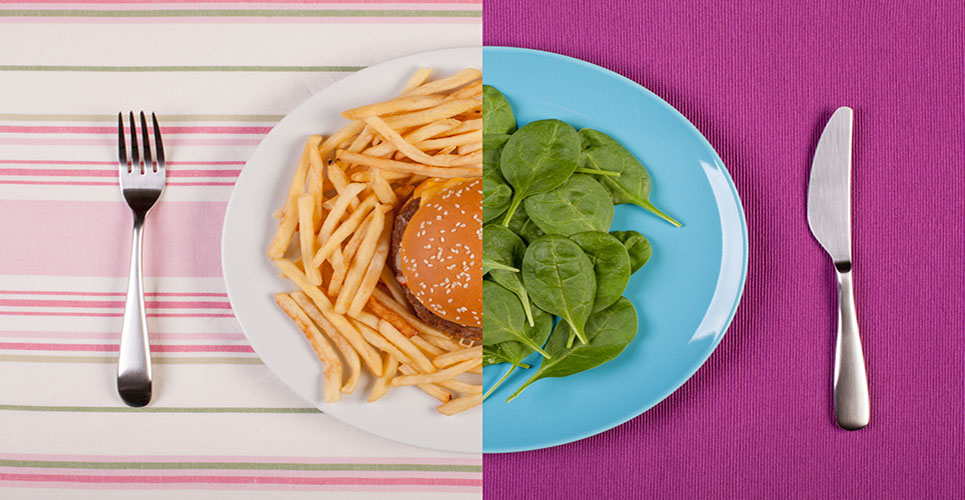teaser
Among several biological roles, lipids provide energy with a smaller volume and a reduced osmolarity in artificial nutrition formulas
Stéphane M Schneider
MD PhD
Professor of Nutrition
Nutritional Support Unit
Nice University Hospital
and University of Nice
Sophia-Antipolis
Artificial nutrition, whether enteral (EN) or parenteral (PN), aims at providing macronutrients and micronutrients as well as energy to patients who are unable to match their nutritional requirements orally.
Why lipids? The medical reasons
The presence of lipids, systematic in EN formulas and in most PN formulas in Europe, has several aims:
- Provide energy in a small volume: the energy contents of lipids is 9kcal/g, more than twice that of carbohydrates, which allows for smaller volumes, which is helpful in patients with conditions such as chronic/acute heart failure, especially in PN patients.
- Reduce the osmolarity of formulas, therefore protecting veins in PN and preventing diarrhoea in EN.
- Provide essential fatty acids (alpha-linolenic and linoleic acids), especially in nil per os patients
- Enhance the bioavailability of fat-soluble vitamins (A, D, E, K).
- Match the recommended dietary lipid profile in long-term artificial nutrition patients.
- Modify membrane plasticity and eicosanoid production in specific situations by changing the amount of specific essential fatty acid (namely n-3 and n-6) provision. The fatty acid composition of membranes is a critical determinant of their structural properties (including enzyme activity, membrane transport, receptor function) and regulatory functions (involving the cleavage of membrane lipids to yield the various prostaglandins, leukotrienes, or diacyl-glycerols).
How much lipids? Quantitative aspects
The recommended intake of lipids in healthy subjects is 35% of the total energy intake. This amounts to approximately 1g/kg/day.
All EN formulas contain lipids. Lipids content usually amount to 30-35% of total energy (extremes: 15-42%). Not all PN formulas contain lipids. Formulas including only amino acids and glucose are called binary formulas. Ternary formulas also include lipids, with a percentage of total energy provided by lipids between 35 and 43% in commercially available all-in-one admixtures.
Which lipids? Qualitative aspects
Enteral nutrition
In enteral nutrition, lipids are mostly provided as triglycerides, but also as phospholipids, mainly to provide some long-or very long-chain fatty acids, and lipid-soluble vitamins (A, D, E and K). Following digestion and absorption, these constituents are mostly integrated into the chylomicrons assembled in the enterocytes and released into the lymph to reach the systemic venous circulation via the thoracic duct. The exception is represented by medium-chain fatty acids, which are largely transported by the portal blood to the liver. Polymeric formulas, which are the most commonly used, mostly contain long-chain triglycerides. Semi-elemental formulas, which are used in situations of intestinal malabsorption (mainly due to mucosal lesions ” such as in “liac disease ” or to surgical resections), contain medium-chain triglycerides (36-70% of lipids). Long-chain triglycerides are derived from rapeseed (canola) oil, corn oil, soy lecithin, hazelnut oil and residual milk fat.
Parenteral nutrition
Intravenous lipid emulsions contain triglyceride-rich particles that mimic the intestinal chylomicron, with a core made of triglycerides and some lipid-soluble vitamins, and a surface made of phospholipids, free cholesterol, and other lipid-soluble vitamins. These emulsions do not contain apoproteins or esterified cholesterol, and the composition of each of their individual components differs from that of endogenous triglycerides and phospholipids. Still, emulsion particles rapidly acquire exchangeable apoproteins (C-I, C-II, C-III, E and to some extent A-IV) upon their delivery to the bloodstream. Consequently, they follow intravascular metabolic pathways similar to those of chylomicrons.
Without mentioning the cottonseed emulsions whose complications in the United States resulted in a prolonged under-use of ternary formulas, the traditional PN lipid emulsions are made from soybean oil or safflower oil. Mainly due to their side-effects, new emulsions were developed, based on olive oil, fractionated coconut oil as a source of medium-chain triglycerides, structured triglycerides (in which medium-chain fatty acids are located at sn-1 and 3 positions and linoleic acid at sn-2 position), fish oil; newer emulsions provide a mixture of lipids from different sources (Table 1). Most of these emulsions have a 20% lipid content.
[[hpe48.30]]
Soybean/safflower oil
These emulsions have a high ω6/ω3 ratio. Their safety has been confirmed by several years of use. However, excess parenteral administration of long-chain triglycerides can impair reticulo-endothelial functions and lead to immune suppression. They can also induce liver steatosis.
Olive oil
Olive oil-based emulsions have a more immune neutral profile, lead to a smaller increase of serum triglyceride levels and are a first line choice alongside soybean emulsions.
Medium-chain triglycerides/structured triglycerides
These emulsions are proposed in order to prevent liver disorders during PN, as they are more rapidly oxidised, with a faster blood clearance. Their peroxidation levels are lower than soybean emulsions.
Marine oils
These emulsions, containing docohexaenoic and eicosapentaenoic acids, decrease the ω6/ω3 ratio and have anti-inflammatory properties through changes in eicosanoid production, alongside other pharmacological effects (such as antagonising pro-inflammatory cytokine production).
What are the experts recommendations?
Expert groups within the European Society for Clinical Nutrition and Metabolism (ESPEN) have published guidelines for both EN and PN patients. The recommendations are presented in Table 2.
Conclusions
Among several biological roles, lipids provide energy with a smaller volume and a reduced osmolarity in artificial nutrition formulas. This is a field where new emulsion developments have happened in the past decade, allowing for more choices, in EN but mostly in PN formulas.
Research now needs to focus on the patients individual needs: stable patients on long-term artificial nutrition have needs whose definition changes with the recommendations for the general population; guidelines are warranted. Patients with special needs (short bowel syndrome, metabolic stress) may benefit from different emulsions that may have pharmacological properties more relevant than their nutritional properties. Likewise, these situations need to be better defined in the future.
[[hpe48.31]]
References
ESPEN Guidelines are available from www.espen.org and www.sciencedirect.com.

